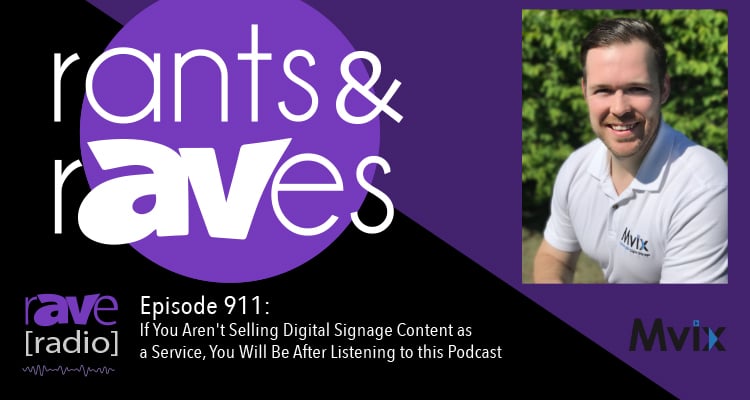Digital Signage Morning, Noon or Night?
The focus of this series “Power of Content” is to help people with content strategies and how they relate to digital screen media.
 Changing content based on what time of day it is and what day of the week it is can critically affect the impact of digital signage content on customers and associates. The same loop that is effective for the demographics of morning customers or midweek customers will not necessarily appeal to customers who frequent the business at other times. In addition, the employees of the business can easily become annoyed or bored with an overly repetitious loop of content. The danger is that associates may communicate that feeling — even unconsciously — to customers, negating some of the value of the screens. Or they may simply tune it out altogether, eliminating the screens’ usefulness as training or employee information tools.
Changing content based on what time of day it is and what day of the week it is can critically affect the impact of digital signage content on customers and associates. The same loop that is effective for the demographics of morning customers or midweek customers will not necessarily appeal to customers who frequent the business at other times. In addition, the employees of the business can easily become annoyed or bored with an overly repetitious loop of content. The danger is that associates may communicate that feeling — even unconsciously — to customers, negating some of the value of the screens. Or they may simply tune it out altogether, eliminating the screens’ usefulness as training or employee information tools.
A simple approach is to change the loop of content three times a day: morning, midday and afternoon. This will keep associates happy and also creates programming that is diverse to the customer. It’s also important to think about changing the order of the content within each playlist as it is repeated. The content can still be delivered in an overall pattern that is effective for the marketer in reaching different customers, but that doesn’t appear to be overly patterned to either customers or associates. A more sophisticated approach is to add and delete pieces of content throughout the day and week to keep playlists fresh. Like a radio station playing popular music, hit songs are repeated often, but not at the same time every hour, and new songs are brought into the mix as others are taken out to create variety and interest and keep people listening. The same idea applies here; continuous small changes to the overall content, plus shuffling its order, will prevent customers and associates from tuning out.

Another concept that one will address is the idea of messaging to the consumer according to time of day — not just keeping the loop pattern changing, but also the messaging. Driving to work for example, our consumer encounters a large billboard along the highway. The messaging is all about coffee, beagles and office supplies. On the way home the content is day parted to be relative to the consumer in the evening. It’s messaging about dinner restaurants, flowers and super market specials. The concept of changing content according to the mindset and time of day is what is great about DOOH technology and how this can be precisely driven with the right content and the right time of day.
Although this may sound like a lot of work, the process can be automated through the use of cloning tools for playlists that are built into some software. These tools take one playlist, create a clone and then change the order of the content according to certain rules. In effect, one now has two interchangeable playlists. This can be done several times depending on the length of the playlist and the length of the day segment for which that particular content is intended.
Software can also greatly help in delivering relevant content at the right time, right place, and right target. One can profile day parts with the demographic information, and that profile can be applied to each screen. Then, if one applies that same profile to a piece of content, that content can automatically match up to that screen. As networks become larger, automation is a must have to apply maximum relevant content to the right audience at the right time.
Author and speaker Keith Kelsen, chief visionary at 5th Screen, is considered one of the leading experts on digital media. More information about his book, Unleashing the Power of Digital Signage – Content Strategies for the 5th Screen, published by Focal Press, can be found on the book’s companion website. Reach him at keith.kelsen@5thscreen.com or on Twitter @Kkelsen.





